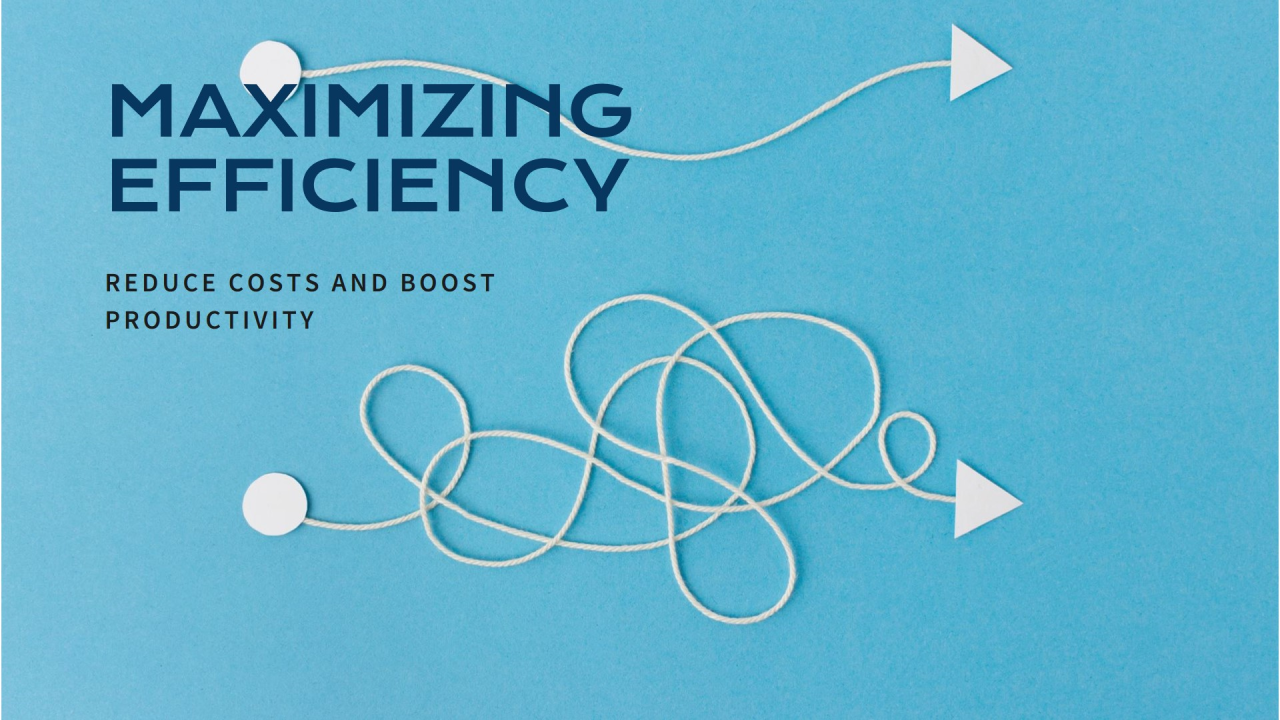How Much Is Reporting Inefficiency Costing Your Team Every Month?
published on 1/18/2025

Let’s paint the picture. It’s month-end. Your finance team is buried under mountains of data. Screens are glowing late into the night, coffee cups are multiplying, and there’s a quiet tension in the air that says, “If I have to fix one more spreadsheet formula, I’m walking out of here.”
But here’s the kicker: this scene isn’t unique. It’s the norm. Reporting inefficiency has become such a fixture in the financial world that it’s practically baked into the budget. The time it takes, the mistakes that creep in, and the sheer frustration it breeds—it’s all just “part of the job,” right?
Wrong.
The Cost of Inefficiency Isn’t Just Time
Every hour your team spends manually pulling, reconciling, and formatting data is an hour they aren’t focused on strategic, high-value work. The opportunity cost is enormous. Instead of analyzing trends or exploring growth opportunities, your people are stuck wrangling spreadsheets that might as well come with a disclaimer: “Errors included at no extra charge.”
And let’s not forget the hidden toll—burnout. When your team is constantly sprinting to meet deadlines, morale takes a hit. They’re not just working late; they’re working tired. And tired teams make mistakes, which adds even more time to a process that already feels endless.
How Inefficiency Sneaks into Your Bottom Line
Think about the ripple effects:
- Missed Deadlines: Late reports mean late decisions, which can result in missed opportunities or rushed, reactive choices.
- Error Correction: The time spent double-checking and fixing mistakes could have been used for strategic planning or innovation.
- Turnover Costs: Burned-out employees don’t stick around, and replacing skilled finance professionals isn’t cheap.
If you had to assign a dollar amount to these inefficiencies, what would it be? $5,000 a month? $50,000? More? The truth is, most organizations don’t track this because it’s hard to pin down. But just because you can’t see the cost on your balance sheet doesn’t mean it isn’t there.
Breaking the Cycle of Inefficiency
The first step to solving any problem is admitting it exists. Reporting inefficiency isn’t just an inconvenience; it’s a drain on your resources, your team, and your bottom line. And while it’s tempting to chalk it up to “the way things have always been done,” that mindset is exactly what keeps inefficiency alive.
So, what’s the alternative?
- Streamline Your Data: Centralize and standardize your data sources to cut down on reconciliation time.
- Automate the Repetitive Stuff: Let technology handle the tasks that don’t require human brainpower—like data aggregation and formatting.
- Build Quality Checks into the Process: Catch errors before they become problems, not after they’ve derailed a deadline.
- Empower Your Team to Focus on Strategy: When your team isn’t bogged down by grunt work, they can dedicate their energy to the big-picture thinking that drives growth.
A New Era of Reporting
It’s time to stop treating inefficiency as a necessary evil. Reporting should be a tool for decision-making, not a monthly ordeal that leaves everyone drained. By addressing the inefficiencies in your process, you’re not just saving time—you’re creating a system that empowers your team, protects your bottom line, and positions your organization for long-term success.
Because at the end of the day, the question isn’t “How much is reporting inefficiency costing you?” It’s “How much longer can you afford to let it?”